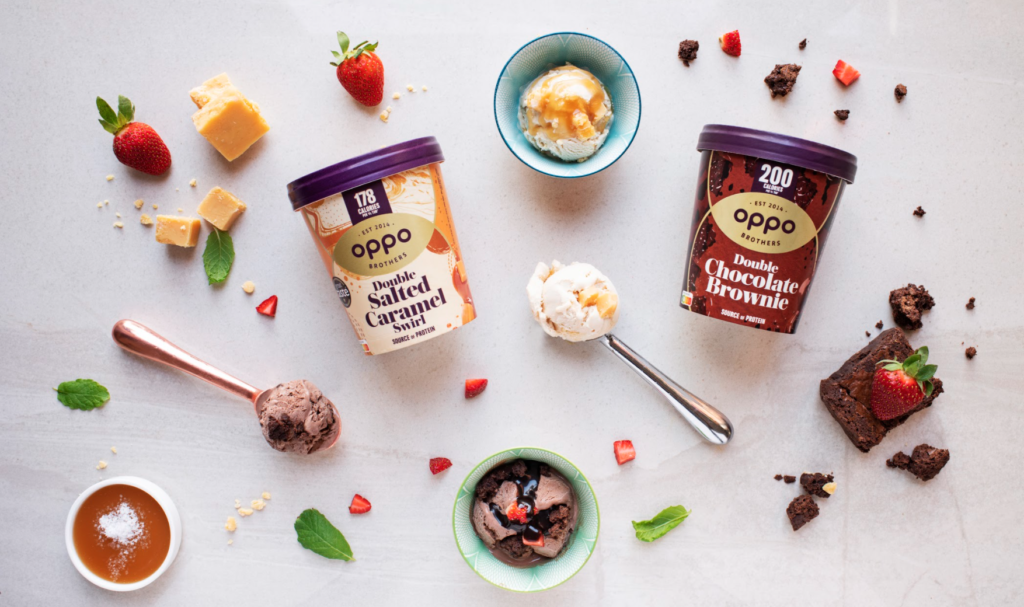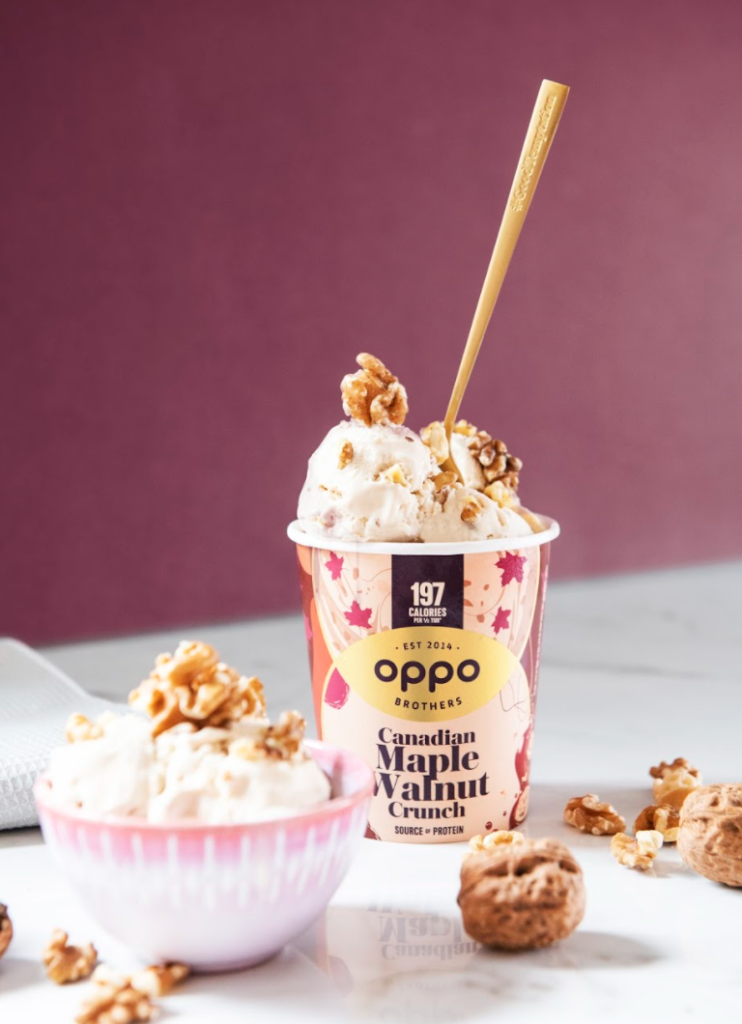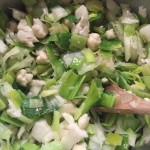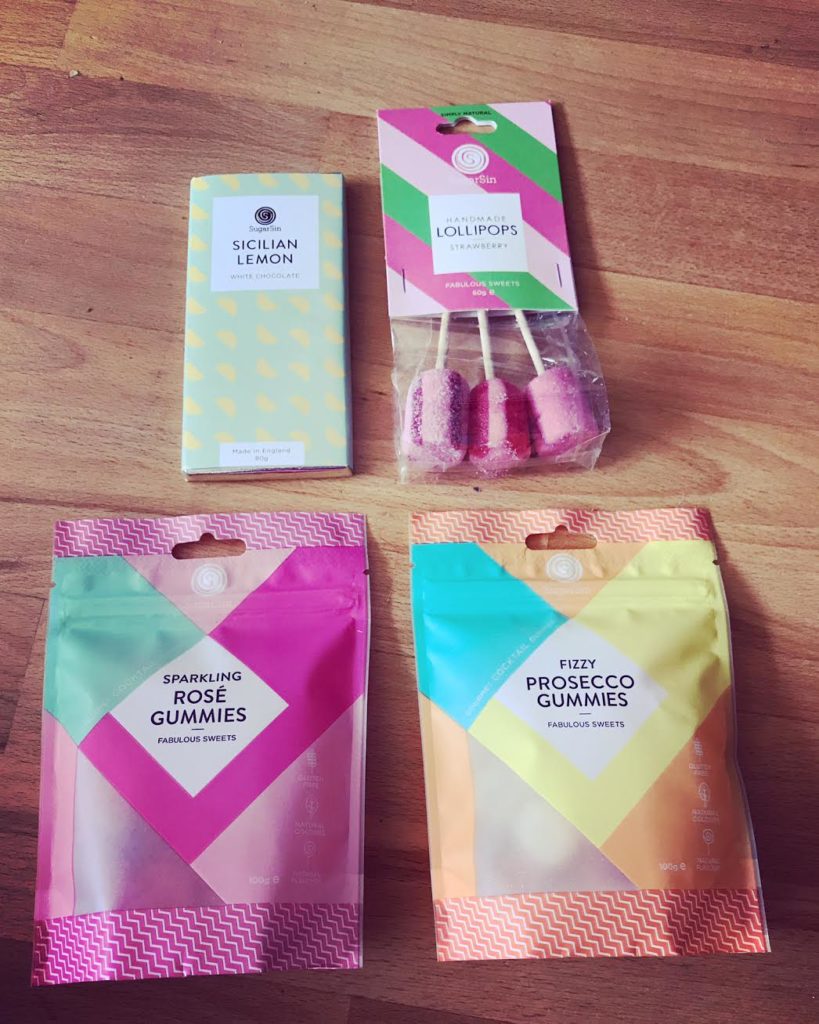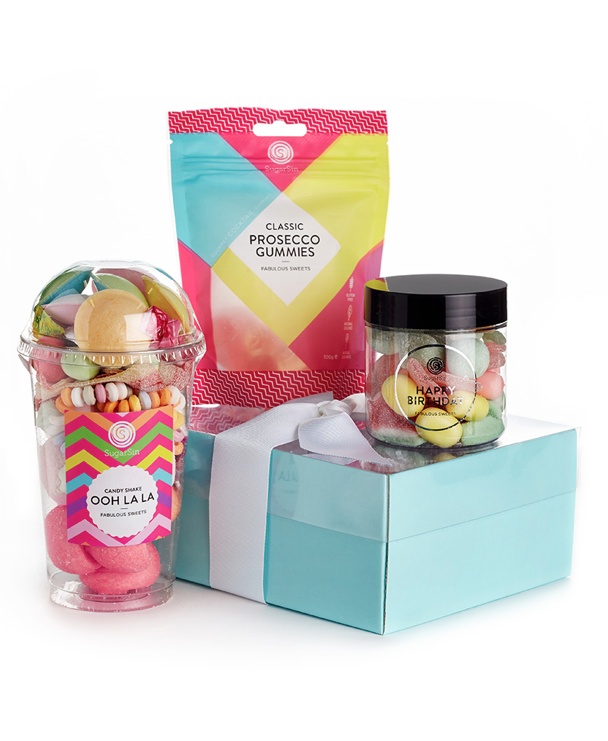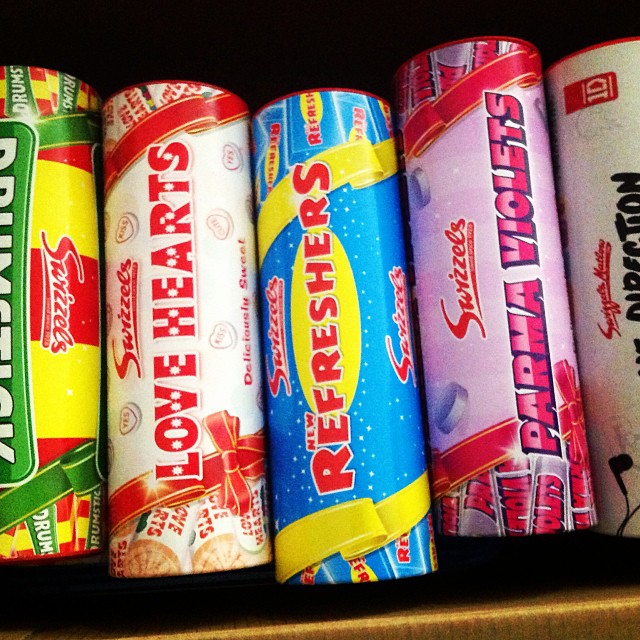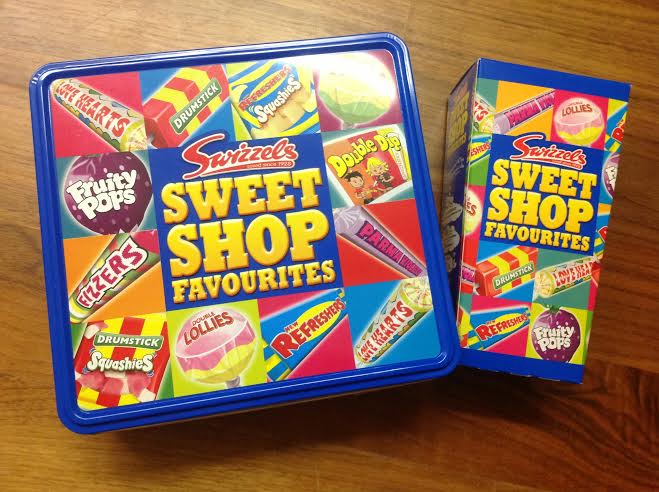 To clear up the confusion around ‘natural’ sweeteners and help you chose the right one, we asked Dr Marilyn Glenville, the UK’s leading Nutritionist, author of Natural Alternatives to Sugar
To clear up the confusion around ‘natural’ sweeteners and help you chose the right one, we asked Dr Marilyn Glenville, the UK’s leading Nutritionist, author of Natural Alternatives to Sugar to give us the low-down on the most popular natural sweeteners.
to give us the low-down on the most popular natural sweeteners.
Fructose
What is it? Naturally found in fruit, you can buy fructose as a white powder. The problem with it is that it is totally refined and all the goodness and fibre that would be in the fruit is absent.
Interestingly, fructose does not cause the release of insulin as sucrose and glucose do, so initially it was thought to be a healthy form of sugar. However, it has other negative effects on your health.
Fructose goes straight to your liver, which has to metabolise it, in the same way as alcohol does. So it can make you gain weight, increase your appetite and also give you fat around the middle. Fructose interferes with your production of hormones like leptin, which should send you a signal telling you that you have eaten enough, and fructose can raise levels of a hunger hormone called ghrelin, increasing your appetite.
Fructose does not supply any energy at all to either your brain or your muscles; it is only stored as fat.
Dr Glenville’s view: I would never use fructose as a sweetener. If it is naturally contained within the fruit then that is fine but I would not buy it as a white powder to add to food.
Agave
What is it? It comes from the agave plant in Mexico, where traditionally the sap would have been boiled for hours to obtain the sweet syrup. Unfortunately, to cut the costs, to produce agave on a commercial scale, the agave is made from the starch of the root bulb and the final product is just refined fructose.
There may be some companies who produce the agave syrup in the traditional way but it is not easy to tell given the marketing hype around the products. They would be definitely be more expensive because of time making the product and availability.
Dr Glenville’s view: I would not recommend using agave as it could be up to 90% fructose and there doesn’t seem to be a way of distinguishing whether the agave has been made in the traditional way or whether it is commercially produced.
Honey
What is it? Although this is a natural sweetener, you should only use it sparingly. Honey is a simple sugar, primarily made up of glucose and fructose, and so is absorbed into your blood stream quickly, hence it’s not ideal if you’re trying to control your blood sugar or lose weight. The fructose content can be up to 40 per cent in some honeys.
If you do use honey then avoid types which are ‘blended’ or the ‘produce of more than one country’ because they are often heated to temperatures as high as 71°C, which destroys their natural goodness.
Bees gather nectar from flowers to take back to the hive. Honey is often harvested from the hives in the autumn, which means that the bees will struggle without food over the winter. So the bees are fed a substitute for nectar which honey in the hive so the bees can feed until the spring. However commercial beekeepers look just at the financial cost because they can sell the honey for more than the sugar water costs to feed the bees over the winter.
So, in effect, you may not be buying ‘pure honey’, even though it might say so on the label, because the sugar water gets mixed up with the honey in the hive and, basically, the raw material for the honey is simply white sugar.
Dr Glenville’s view: Not an ideal sweetener as it is a simple sugar and so will affect your blood glucose (sugar) quickly. If you are going to use honey, try to get organic if possible and use very sparingly.
Molasses
What is it? Molasses is the by-product of the process used to extract sugar from sugar cane or beet.
The sugar cane juice is boiled and sugar crystallised from it. The syrup that is left over is molasses. Normally, the sugar cane is boiled three times to remove as much sugar as possible and the molasses left over at the end of this third stage is called black strap molasses and is dark in colour, very syrupy and has the lowest amount of sugar but the highest quantities of vitamins and minerals. It is a good source of vitamin B6 and potassium and a very good source of magnesium and manganese.
About half of the sugar content is made up of fructose and glucose in equal amounts and the other half sucrose.
Dr Glenville’s view: This has not been a sweetener that I have used, as it is a by-product of sugar extraction and, as a result, may have higher levels of the pesticides and other chemicals used in sugar cultivation and processing. It also has a very strong taste.
Xylitol
What is it? It is sold as a white powder and is considered natural because it occurs naturally in plants. It is low in calories and does not need insulin to be metabolised in the body so it is very useful for diabetics. It also has benefits for dental health as it reduces caries. Its main side effects are diarrhoea and bloating as it ferments in the digestive system.
Xylitol is found in the fibres of many plants, including sugar cane, corn cobs and birch. However, it requires a lot of refining to take it from the raw product to a white powder.
Basically, xylitol is made from the hydrogenation of a sugar called xylose, rings warning bells as we have been moving away from hydrogenated fats over the years, after we found out about the health risks associated with them. There may be concerns about hydrogenated sugar in years to come.
Dr Glenville’s view: I would not use xylitol as it requires far too much processing to be considered a natural product.
Sorbitol
What is it? Like xylitol, sorbitol is a sugar alcohol and is often used in foods designed for diabetics because it requires little or no insulin. It is usually made from corn syrup. Sorbitol is found naturally in stone fruits such as prunes, plums and dates. Like some other sugar substitutes, it is a very heavily-processed product.
The side effects of sorbitol are similar to those for xylitol, in that it can cause diarrhoea because it stimulates bowel motion. Both sorbitol and xylitol can worsen IBS.
Dr Glenville’s view: I would not recommend using sorbitol because of the negative effects on the digestive system and the fact that it is a heavily-processed sweetener.
Maple syrup
What is it? Maple syrup is made from the sap of maple trees by making a hole in the tree and collecting the syrup.
It contains 34 beneficial compounds, which have antioxidant and anti-inflammatory properties! It is also the natural sweetener usually recommended for IBS sufferers as it causes the least problems with digestion.
Maple syrup contains significant amounts of zinc and manganese and 15 times more calcium than honey. It is made up of primarily sucrose and very small amounts of fructose and glucose.
Beware maple syrup labeled as ‘maple-flavoured syrup’ rather than just ‘maple syrup’ as this won’t be pure – in fact, it may not contain any maple syrup at all!
Dr Glenville’s view: I do use real maple syrup as a natural sweetener and I always buy organic where possible. I use it in cakes and to drizzle over the top of crumbles to give it a lovely browned effect.
Barley malt syrup
What is it? This is an unrefined natural sweetener produced from sprouted barley malt, which is dried and then cooked, sometimes called Barley Malt Extract. The liquid is then filtered and reduced down to the required consistency. It is thick and dark brown and makes wonderful flapjacks. It is a reasonably good source of some minerals and vitamins and contains almost no fructose or sucrose.
Dr Glenville’s view: Barley malt syrup is a good choice as a natural sweetener. It has a malty taste so does not work well, taste-wise, in all recipes but, as I mentioned, brilliant for using in flapjacks where the malt is an added benefit.
Brown rice syrup
What is it? This syrup is a natural sweetener, available in most health food shops, also called rice malt syrup. Brown rice syrup contains three sugars – maltotriose, maltose and glucose. Cheaper versions are made from cooked brown rice cultured with enzymes to turn the starches in the rice into sugar. Others use sprouted grains that release the enzymes that breakdown the grain into maltose and other sugars. Also brown rice syrup doesn’t contain any fructose, which is a good thing.
Dr Glenville’s view: I personally would use organic brown rice syrup as a sweetener. It does tend to change the texture of baked foods, so is best used where a little crunch is of benefit. This makes it a good choice for a crumble, flapjack or healthy granola, in small amounts.
Stevia
What is it? Stevia is derived from the leaves of a South American plant of the same name. It has been used for centuries as a sweetener in South America. In 2011 it was approved for use in the EU. Stevia is 2-300 times sweeter than table sugar (sucrose).
Unfortunately, there are a couple of problems with stevia. Read labels very carefully as some products can contain dextrose and flavourings. You need a product that is 100 per cent stevia.
As stevia is not absorbed through the digestive tract, it is considered to have no calories, so it appears a good choice for weight loss. However, although pure stevia is more natural than artificial sweeteners, it still primes your body to expect a corresponding amount of calories for the sweetness. When that calorie hit doesn’t happen, your body will send you off to get the calories from somewhere else, increasing your appetite and causing weight gain.
It has a slightly bitter aftertaste for most people, which is why it is often mixed with other sweeteners, especially in soft drinks and processed foods.
Dr Glenville’s view: You could use stevia as a sweetener as long as you use it in moderation and it is just stevia in the product. Not everyone likes the taste though.
Palm sugar
What is it? Palm sugar can also be known as jaggery but, instead of being made from sugar cane, it is made from the palm tree and, in particular, the palmyra palm tree. The palm flowers are tapped to release the juice, which is then boiled down to produce the syrup, which is then be allowed to crystallise.
It is a traditional Ayurvedic ingredient and contains good amounts of B vitamins (including a plant source of B12). It has a low glycaemic index – great for weight loss.
Dr Glenville’s view: A good natural sweetener and a nice alternative to sugar – can be used in cooking as well as drinks.
Coconut sugar
What is it? This sweetener is also known as coconut palm sugar and is produced from the sap of the flower buds of the coconut tree. It is found in liquid form as a syrup, (also known as coconut nectar and blossom syrup) as well as crystals.
To obtain the sap, the tree is tapped, as in the palm sugar, and minimally heated in order to allow moisture to evaporate to form the syrup. When the syrup cools down it crystalises.
Like palm sugar, coconut sugar is rich in nutrients such as the B vitamins, magnesium, calcium, potassium, zinc, 17 amino acids, short chain fatty acids, polyphenols and antioxidants; plus it has a nearly neutral pH. It also contains inulin, which is a prebiotic and helps to feed beneficial bacteria.
Dr Glenville’s view: I have not used coconut sugar myself but it is supposed to taste like brown sugar and you would use it exactly the same as sugar. I would suggest buying organic coconut sugar.
Yacon syrup
What is it? This is a sweetener made from the sweet root of the yacon, which is a member of the sunflower family, also known as the Peruvian ground apple. It tastes like a cross between an apple and a pear. Yacon contains good amounts of a prebiotic, which helps to feed the beneficial bacteria in the digestive system. Yacon also contains good amounts of vitamins and minerals. It is low GI, can help to lower glucose levels and is said to be fine for diabetics to use. It is traditionally made without chemicals using evaporation, like maple syrup.
Dr Glenville’s view: I would recommend this as a sweetener. It can be used instead of a liquid sweetener such as honey and also in baking. Choose an organic variety. It may not be suitable for people with IBS due to its high prebiotic content.
http://www.marilynglenville.com

